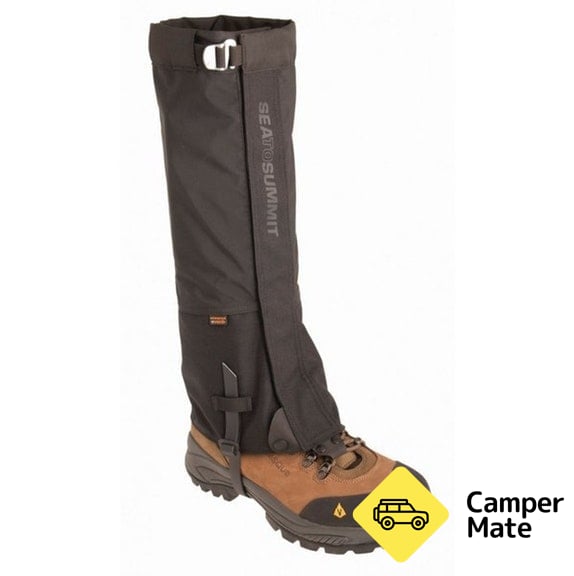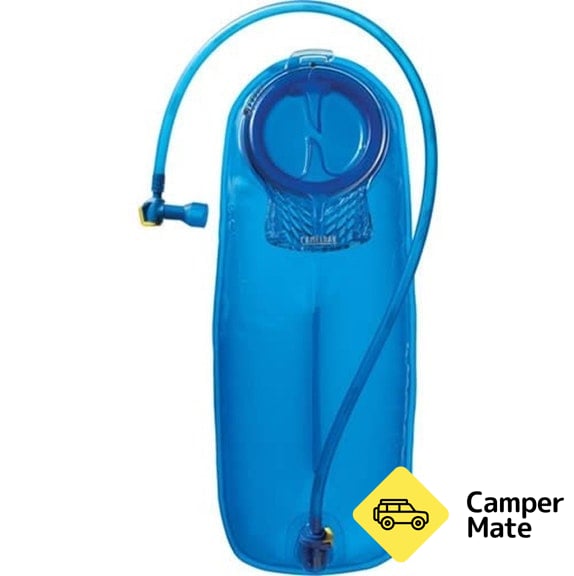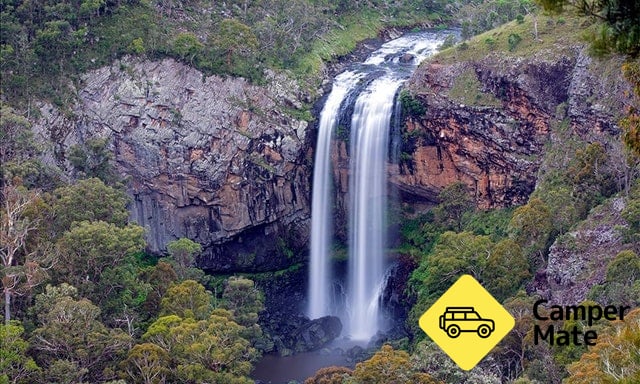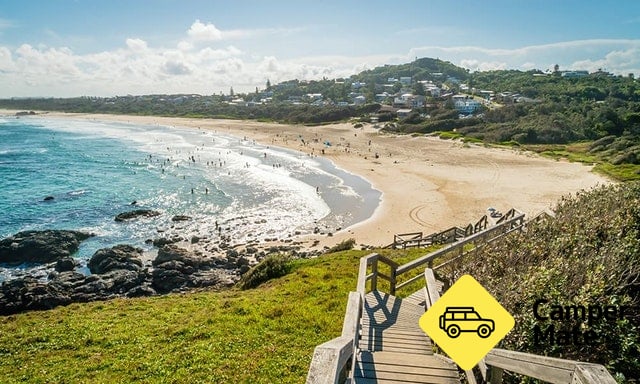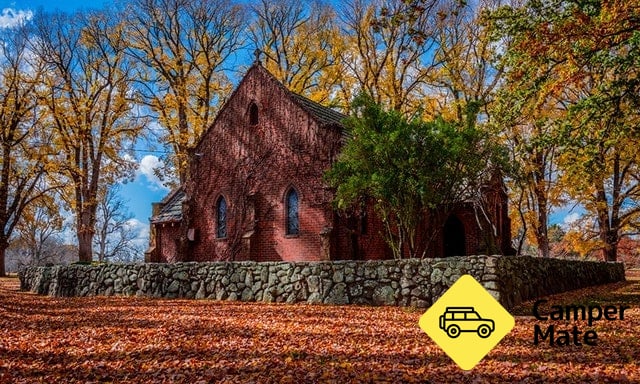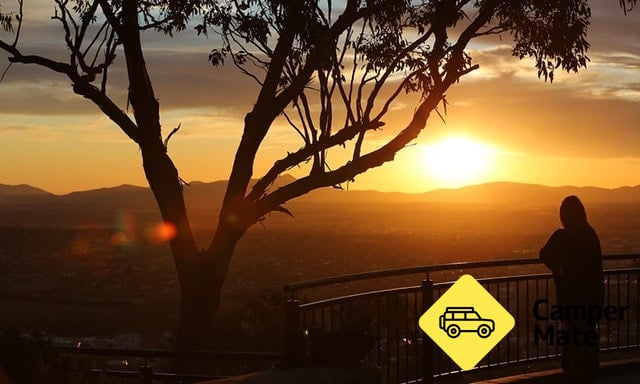
New South Wales
Green Gully Track: NSW's premier hut-to-hut hike
January 20, 2019 • suzanne
10 min read
The four-day Green Gully Track puts New South Wales up alongside Tasmania and New Zealand when it comes to hut-to-hut hikes, but that's not all it does. Honouring the legacy of Australia’s early graziers, preserving the irreplaceable relics of their lives, and making for an unforgettable adventure deep in the furrows of Oxley Wild Rivers National Park, this is one trek that's well worth a blister or ten.
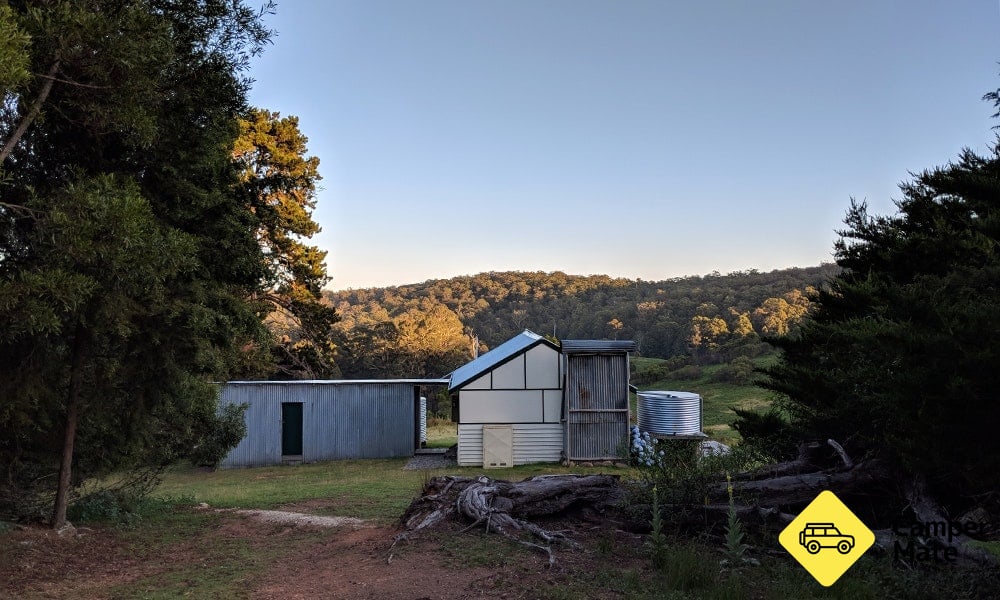
Oxley Wild Rivers National Park
Located between Walcha and Port Macquarie in northern New South Wales, Oxley Wild Rivers National Park lies within an ancient spine of volcanic peaks and water-carved valleys. For thousands of years the mountains were roamed by the Dangaddi people, then divvied up as pastureland from the 1840s onwards.
You can get a sense of the area’s mind-bending topography if you stop by some of the better-known attractions along Waterfall Way and Oxley Highway. Apsley Falls and Wollomombi Falls showcase the deep, crumbling ravines at their most extreme; where water plummets over the 100m gorge walls before disappearing under massive rock falls.
Impressive? Without a doubt, but these lookouts won’t exactly test your mettle.
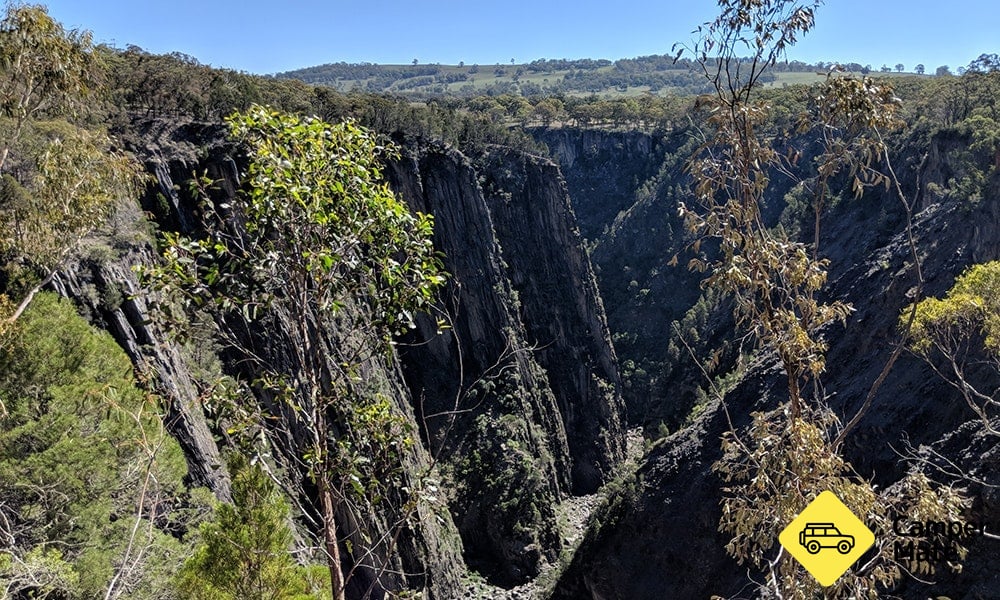
The Green Gully Track, on the other hand, is a chance to leave your wheels behind and explore a seldom-seen circuit within the Apsley-Macleay gorge system on two feet. Over four lung-busting yet eye-opening days, the track cuts a 65km loop through what were once private mustering properties owned and tamed by the Youdale and O’Keefe families for the latter half of the 1900s.
The stock routes they blazed are characterised by old corrugated huts and timber holding pens spaced a day’s muster apart. For the purpose of the walk, which was established in 2011, these huts and management trails have been stitched together with sections of bush track, one near-vertical ridge tumble, and an epic ‘foot spa’ day that’ll see you wading thigh-deep up a creek.
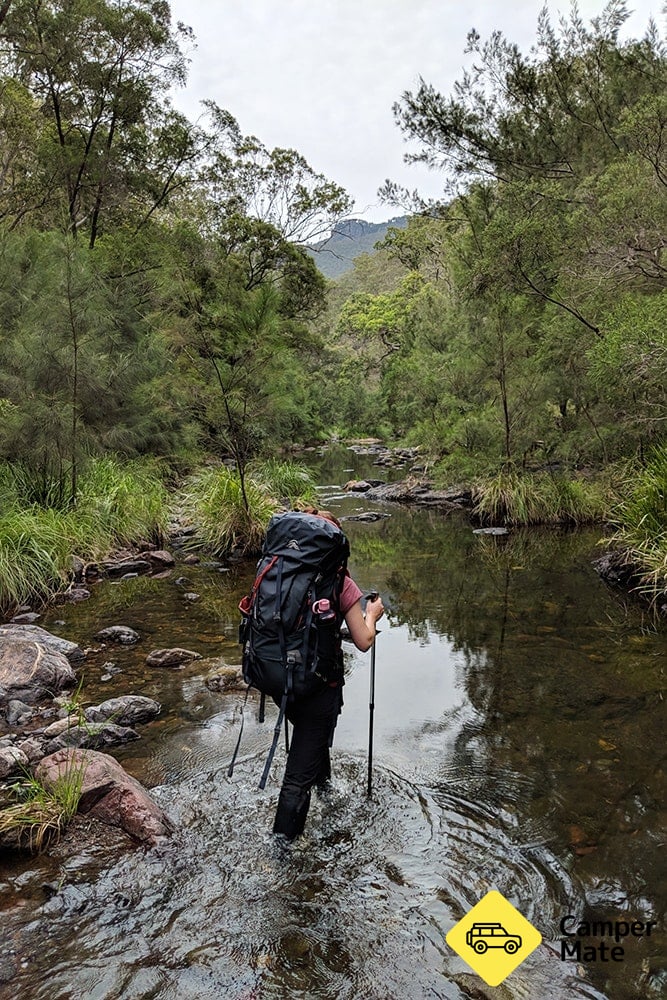
Dozens of water crossings and wading up the creek on day three make creek shoes essential
It's not hard to navigate, but the track does deliver on its promise to put your legs, lungs and toes through the ringer, especially when you plunge from a 1200m ridgeline down to the valley floor on day two.
Day three’s obstacle course of boulders and log-jams is slow-going and squelchy, but you're rewarded with swims in deep, inky pools and much larking around in the torrents of Green Gully canyon. In summer, the cool mountain water offers relief of the sweetest kind, but don’t be surprised if your socks ice up in winter. And we can’t stress enough our admiration for walkers who have pushed through this stage of the walk after flood, slogging away through swollen water levels sometimes up to their necks.
To put things further into perspective, climbing out of the gully again on day four – where you'll gain a whopping 900m in elevation over the first three k’s – is a welcome relief after all the leg wobbles and toe bang of the previous days.
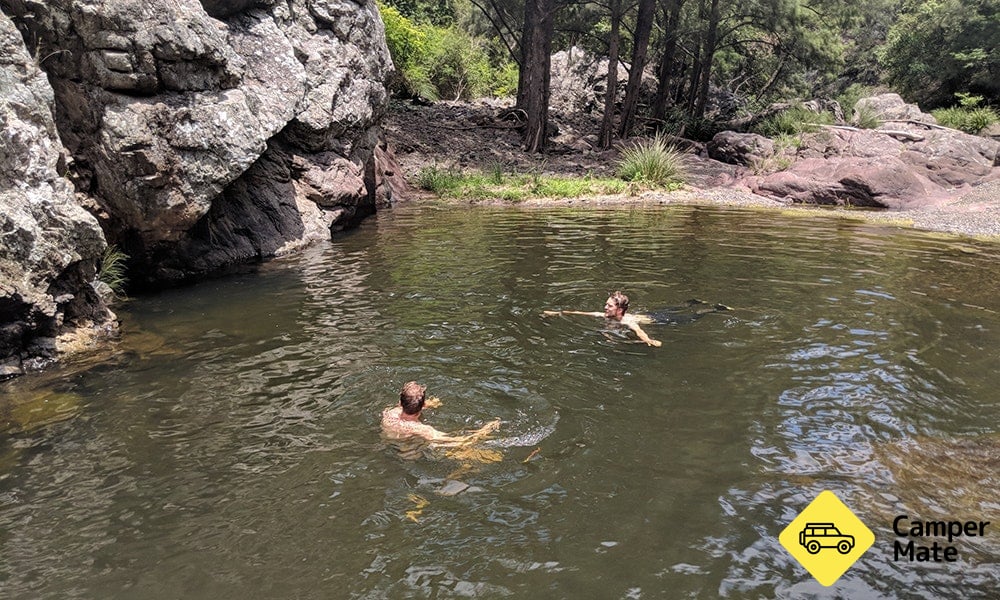
Swimming at Green Gully canyon was a real treat in the summer heat
The light at the end of each day comes in the form of the refurbished cattleman huts complete with rustic kitchens to cook in, stretchers to sleep in, fireplaces to banter by, rain water tanks and creeks to refill from, and outhouses to NOT put your rubbish in. Like any other wilderness walk, you've got to pack out what you pack in.
Along with leaving a number of the original old-timey oddities in place, National Parks has provided each hut with firewood, kitchenware, gas bottles, solar powered lighting and log books filled with stories, limericks and advice penned by all the weary walkers before you. It’s all incredibly civilised. Until you are woken in the middle of the night by the native marsupial mice who enjoy nothing more than raiding your food supplies then pooing on you from the rafters.
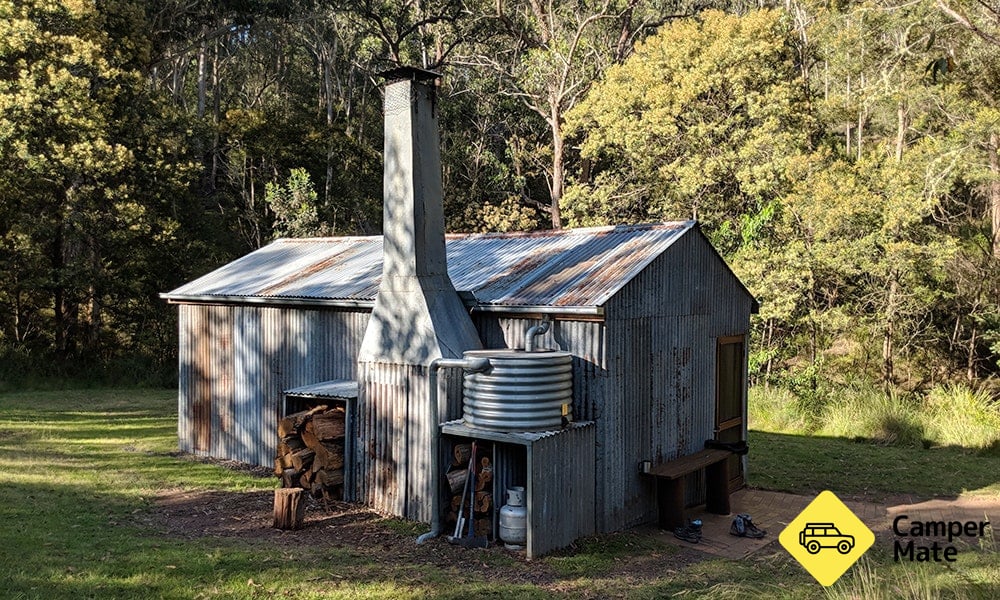
Birds Nest Hut, the first of four historic cabins refurbished for walkers
Fortunately, wildlife proved to have better manners elsewhere on the track. We didn’t see an endangered barred frog, but we shared the creek with numerous eels. The rocky nooks and caves of Green Gully serve as spy shacks for the brush-tailed rock wallabies that, despite being hunted to extinction elsewhere in Australia, have thrived in Oxley Wild Rivers National Park. We spotted a family of wild pigs scampering up a slope, and relied on gangs of red-tailed black cockatoos to herald afternoon storms. Clear evenings call for spotlighting for owls, possums and gliders, and in summer sleep you can outside beneath a spray of fireflies... just beware altercations with said possums.
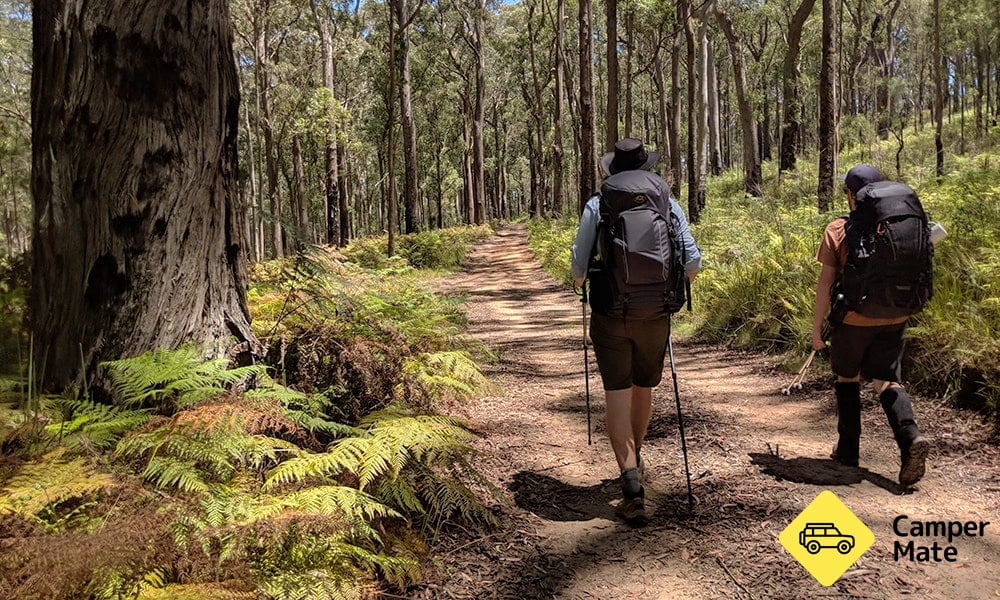
Pleasant trekking along wide, fern-fringed management trails
The changing habitat out here is a highlight it its own right. By the end of the track you’ll have walked among open glades of high elevation forest, scree slopes studded with gangly grass trees, staghorn gardens clinging to canyon walls, all while looking out for patches of dense Gondwanan rainforest across the gorge. These unchanged pockets of vegetation that have been protected from bushfire and extreme heat since Earth’s landmass was one almighty supercontinent. Within these gullies live healthy populations of around 190 plants including extremely rare and ancient orchids, ferns and climbers.
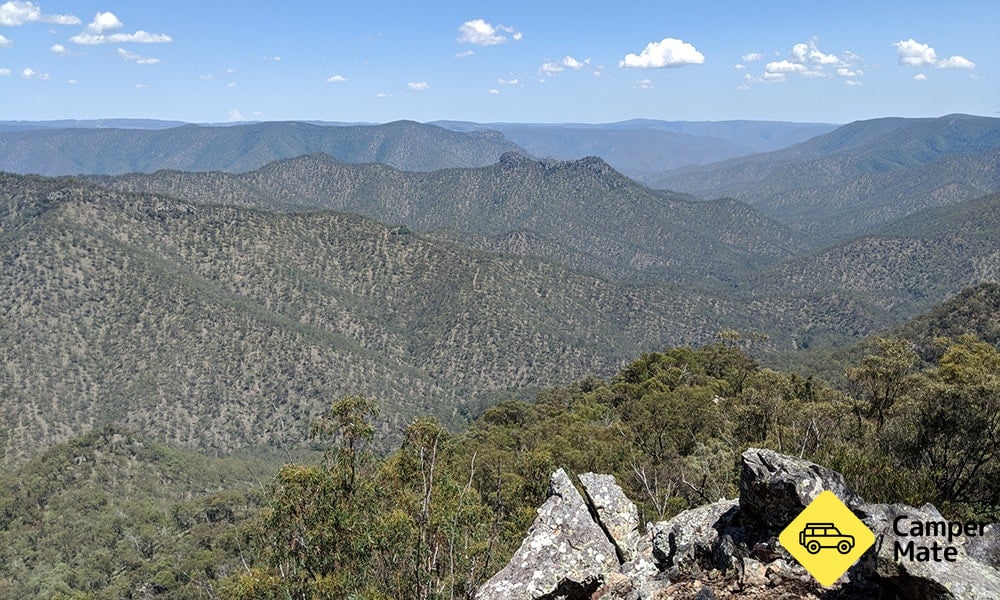
Day two may have the hardest descent, but it also has the best views
Yep, the Green Gully track will very likely knock skin off your heels and your ego down a peg, but it gives way more than it takes. And here’s the clincher. There’s only room for six. You, and whoever else among your friends is nuts enough to go along too, won’t see another human on the whole track for four days.
This is because the track can only be walked by booking your group's departure date through the NSW National Parks website. At time of writing, it cost $150 per person and includes pre-and-post trek accommodation in two wind-and-solar powered farmhouses located at the track head at Cedar Creek. The five-night itinerary was introduced in 2016 when Alan Youdale’s old cottage was refurbished by National Parks and set up for walkers. Not only does this guarantee showers and a great night’s rest before and after the walk, it removes some of the logistical challenges of travelling to this remote part of NSW.
Oh yeah, it also means you can stock the fridge and have cold beer and chocolate awaiting you at the end. And for that reason alone, Green Gully gets two very enthusiastic thumbs up from us.
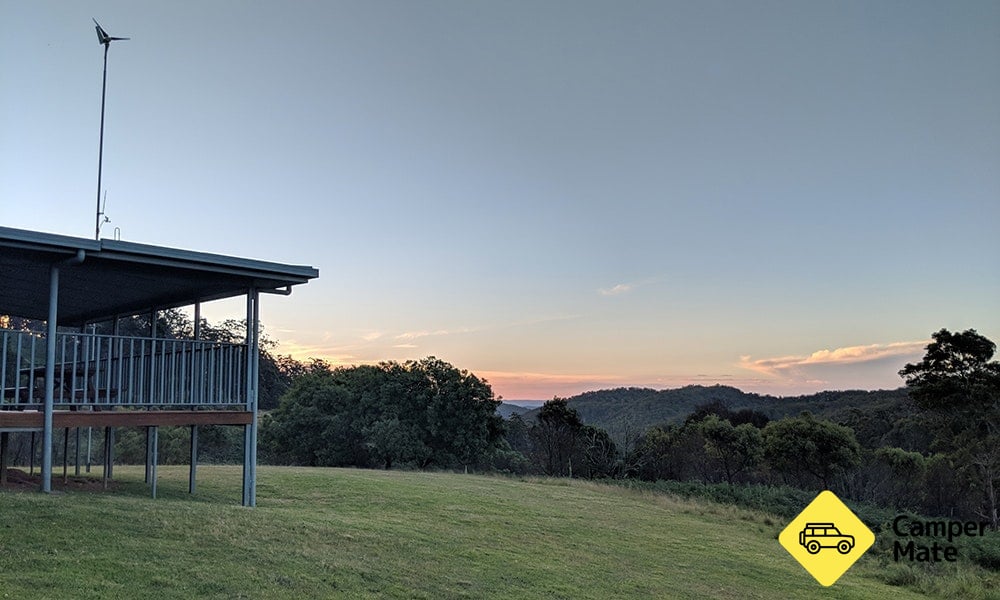
Comfy beds (and cold beer) at Cedar Creek Lodge mark the end of the 65km circuit
How hard is it, really?
While crusty track dogs who’ve faced God in their time wouldn’t describe it as a particularly challenging trek – navigation is easy and you’ve got mini houses to sleep in for goodness sake! – for the average Joe this is no walk in the park. Expect to spend anywhere from six to ten hours walking each day depending on breaks, with day one and four being the longest at over 17km. The overall distance is the same as the Overland Track in Tasmania, however on Green Gully you’re smashing it out over four days, not six.
Even though we weren’t carrying a tent, sleeping mat or stove, our packs were still well over 15kg once we added all meals, a fairly comprehensive first aid kit, EPIRB and at least 4L of water each day, which wasn’t always enough in the summer heat. In winter, when alpine frosts demand heavier sleeping bags, warmer clothes and harder liquor, you can expect to add an extra kilo or two.
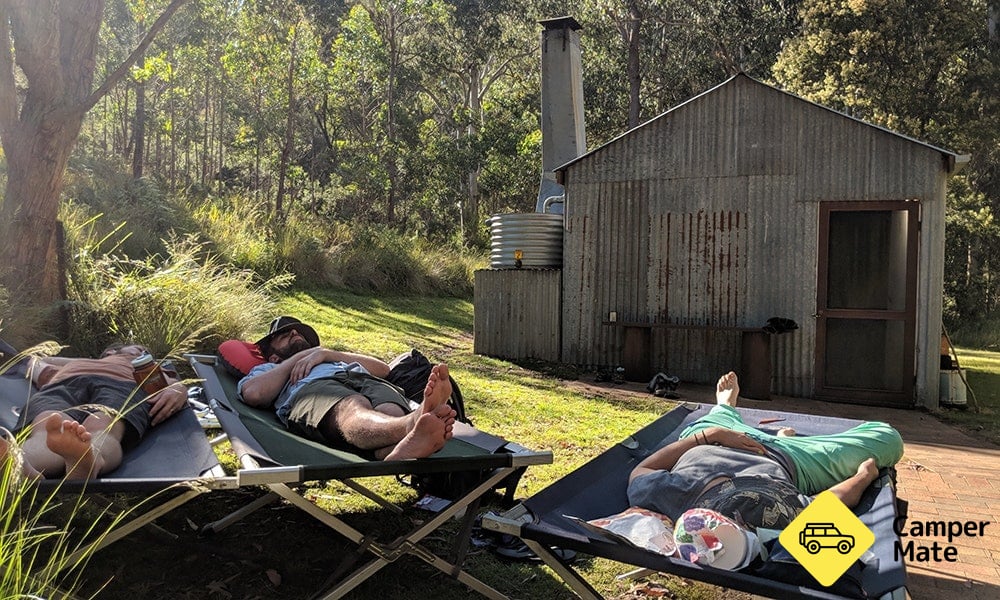
Siesta time for these tired trekkers
Essential Gear
Long afternoon naps and the abundance of information to read in the huts meant we needn’t have brought a 400 page page paperback, but there are a few things we are very glad we had:
Hiking poles: whether we were butt-sliding down a crumbling ridge, blindly groping for footholds around slippery river stones, pushing ourselves up a hill, or clearing the creek of spider webs, not a day went by that we didn’t silently worship our poles. A good stick from the bush will also work if you choose to ignore this advice.
Gaiters: we only came across three red bellies and a couple of whip snakes, but gaiters will give you a bit of extra confidence in the overgrowth, as walkers report tiger snake sightings more often than not. More of an issue are the prickly agricultural weeds like nettles and thistles that, while not doing any real harm to the environment, aren’t that fun to walk through.
3 litre water bladder: we paired ours with a 1L water bottle that’s compatible with a Steripen so we could decant treated water easily into the reservoir. The creek water and rain water from the tanks looks pristine, but ought to be boiled or sterilised before drinking just to be on the safe side.
Creek shoes: because no-one wants wet boots. While Dunlop Volleys are widely accepted as creek shoes of champions, trust us when we say if you were to step on a 2-inch prickle it’ll pierce through the sole and into your heel like a hot needle. Those of us wearing old sneakers had a better time, but we reckon an old pair of trail shoes that have a bit more protection in the toe and thicker soles would be ideal.
Camp shoes: is there a more satisfying feeling than releasing your feet from sweaty prison of your hiking boots? We opted for pool slides over pluggers so we’d be able to wear socks with them.
Sports tape: prevention is better than cure they say, and for blisters this advice is bang on. We counted about 12 blisters between us in the end, most of which developed on day one when we were all a bit light-handed with our taping.
Get out there: when to go and weather
We walked the Green Gully Track in summer to coincide with New Year’s Eve – out of one year and into another. While most people were getting sloshed and watching fireworks, we were lancing blisters and drinking creek water. Life choices were at times questioned, but we wouldn't have it any other way.
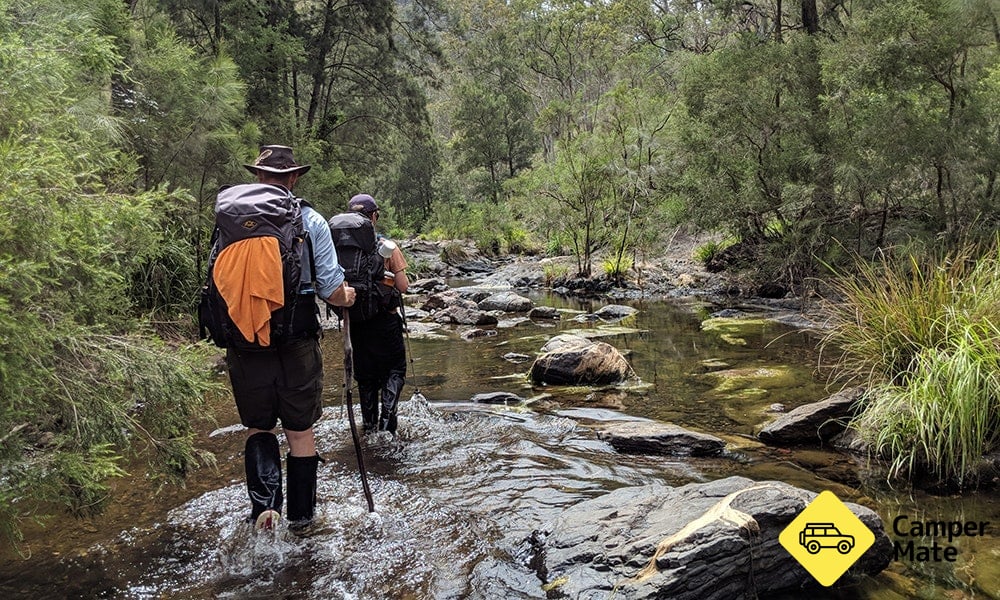
The warm summer weather meant the creek walking and wild swimming opportunities were primo, while the high elevation sections on day one and four caught cool breezes fresh off the Pacific. We don’t know for certain how hot it really got in the afternoon on the exposed ridge, but the forecast of low to mid 30s was substantially cooler than towns closer to sea level.
If you’re looking to strike a deal between pleasant walking temps and a not-too-chilly schlep up the creek, autumn or late spring would be the way to go. But of course, nature always has the final say. So if you've got an extra long weekend up your sleeve, the only wrong decision would be to not get out there and give it a crack!
